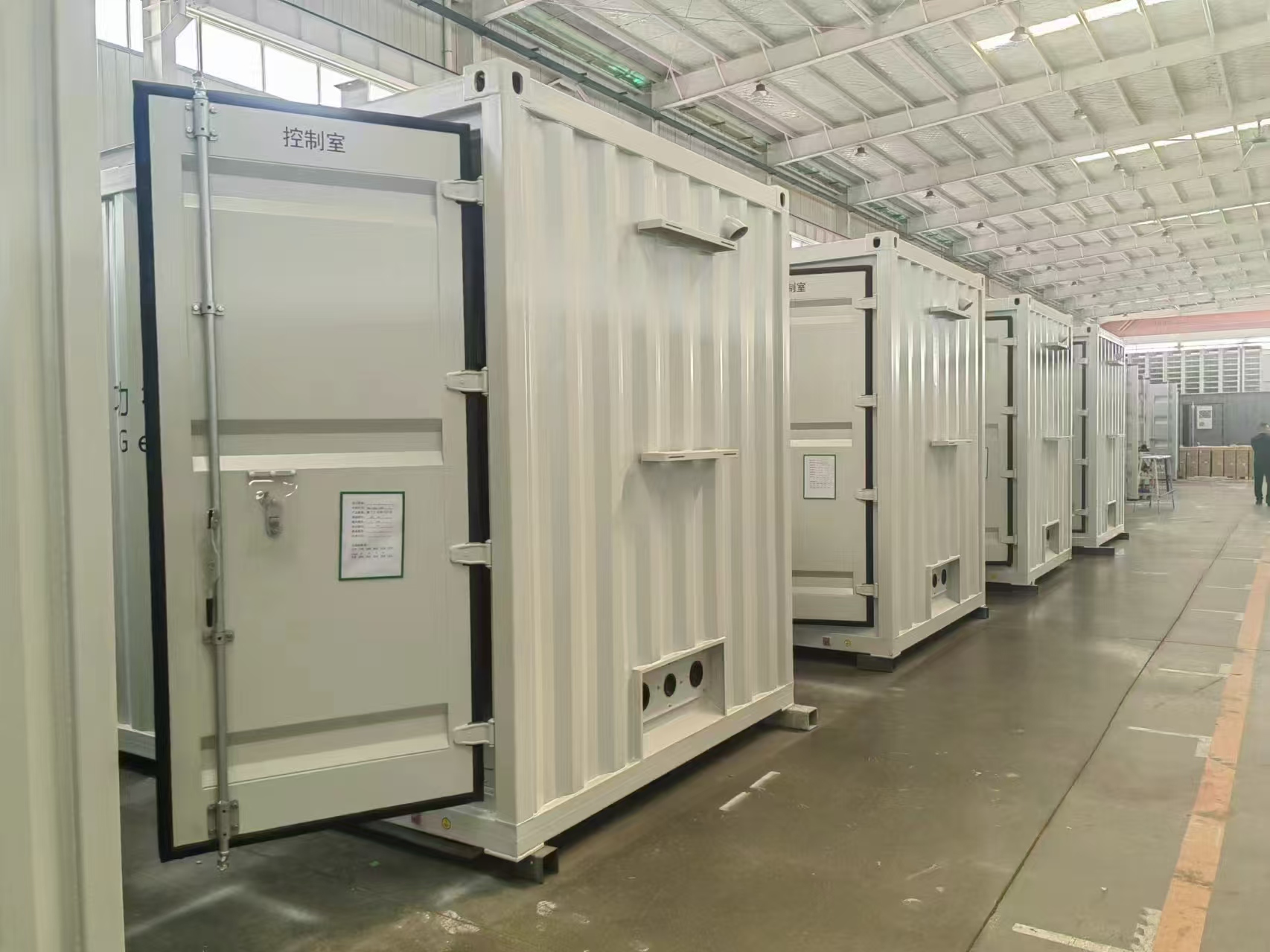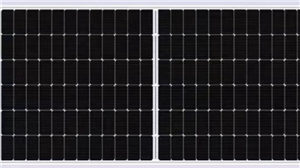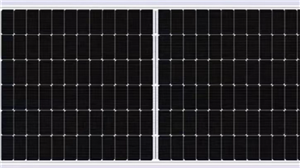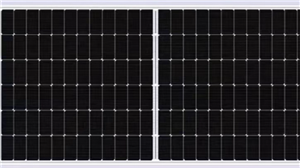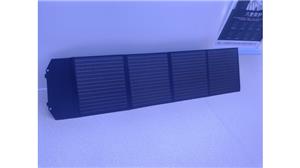commercial and industrial energy storage
Structure and Composition
Industrial and commercial energy storage cabinets usually adopt modular design, integrating equipment such as lithium iron phosphate batteries, battery management systems (BMS), energy storage converters (PCS), energy management systems (EMS), temperature control systems, fire protection systems, and power distribution systems into one outdoor cabinet.
Main functions
Peak shaving and valley filling: Based on the characteristics of local electricity price peaks and valleys, charging during low electricity price periods and discharging during high electricity price periods can help enterprises save electricity costs. • Demand tracking and adjustment: The equipment has load tracking function, which can dynamically adjust the relationship between source, load, and storage, making the entire system more economically advantageous. Photovoltaic smoothing: New energy generation has intermittency, volatility, and instability. By using energy storage systems, the quality of new energy generation grid connection can be improved, making it more friendly to the power grid and load. Emergency backup power: When the power grid is cut off, the energy storage system can form an off grid system with the load to continue supplying power to the load and improve power supply reliability.
key technology
Battery technology: Currently, lithium iron phosphate batteries are widely used in industrial and commercial energy storage cabinets, with advantages such as high safety and long lifespan. In recent years, the number of large battery cell products has gradually increased, with larger individual capacities and stronger control over energy efficiency and heat dissipation performance. However, attention should also be paid to solving problems such as uneven temperature fields inside the battery cells.
Cooling system technology: There are mainly two methods: air cooling and liquid cooling, with liquid cooling solutions gradually taking the lead. The liquid cooling system can quickly remove the heat generated by energy storage equipment through the circulation of liquid cooling medium, ensuring that key components such as batteries are always in the optimal working temperature range. The heat dissipation efficiency is increased by more than 15% compared to traditional air cooling methods.
Control unit technology: including core components such as BMS, EMS, PCS, etc., which work together to ensure the safe and efficient operation of the battery. EMS achieves precise management of the entire lifecycle of energy storage systems through real-time collection, analysis, and processing of multi-source data. It has functions such as energy optimization scheduling, remote monitoring, and fault diagnosis.
Fire protection unit technology: Generally equipped with automatic fire extinguishing devices, combustible gas monitoring and smoke detection equipment, efficient fire extinguishing materials such as perfluorohexane or heptafluoropropane are often used as fire extinguishing media to ensure rapid response and extinguishing in case of abnormal battery modules.
Example of Product Parameters
Taking PowerCube-Z-232A from Paineng Technology as an example, its battery capacity is 232kWh, rated power is 125kW, discharge depth is 98%, working temperature range is -25 ℃~55 ℃, cooling method is liquid cooling, protection level is IP55, and it has cloud platform function, which can realize remote monitoring and data exchange.
Application scenarios
Widely used in industrial parks, commercial buildings, charging stations, hospitals, traditional enterprises and other places, it can help enterprises achieve energy structure transformation, reduce electricity costs, improve energy utilization efficiency, and also provide stable backup power for these places.
